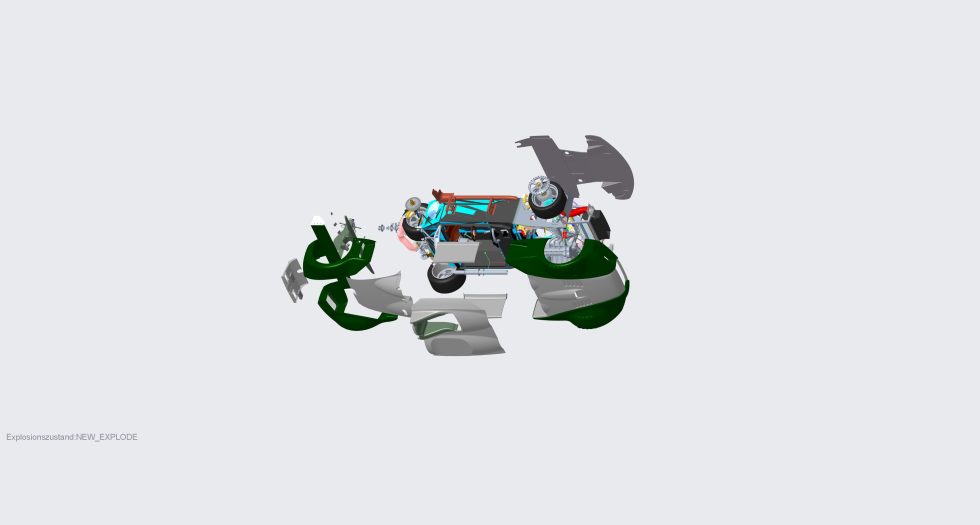Now let’s take PTC Creo 9, a comprehensive suite of CAD software applications developed by PTC that offers solutions for product design, simulation, manufacturing, technical documentation and more. As a scalable suite, PTC Creo enables both 2D drafting and powerful 3D modeling and analysis. With its parametric and direct modeling approach, it helps engineers and designers to develop products from the concept phase to production.
As it is a powerful software, the hardware requirements for PTC Creo are relatively high. Users need a powerful processor, sufficient RAM (at least 16 GB or better significantly more), a dedicated graphics card with certified drivers that are specially optimized for CAD applications, as well as sufficient hard disk space. The exact hardware requirements may vary depending on the specific use of Creo and the modules used. It is therefore always advisable to obtain information about the current hardware requirements directly from PTC or the respective software provider or to use this test as a basis.
Let’s first look at the CPU Composite Score (without FSAA), as the GPU Composite Score is de facto always the same between the Baseline and Insane profile. If we again take the baseline profile as the 100 percent mark, then the Performance mode achieves 2.8 percent, the Extreme mode 5.6 percent and the Insane mode 6.3 percent performance advantage. This is actually almost nothing, because the 3D image output of the graphics card is always the same speed. Too bad about the wasted power. Up to 15 percent more for just 6 percent more performance is pointless.

For this very reason, I have also omitted all graphic scores. In the individual CPU scores, it is also noticeable that the benchmarks vary greatly between a visible difference and a complete tie. The CPU score is closest to the composite:
Render Studio is already right in the Extreme Profile, in the Insane Profile it only gets hot and loud, but not faster. Here, over 30 watts more go up in hot air. The Performance profile is the happy medium, the rest is a blind flight in terms of energy.
And there is also a complete equalizer to report, that also exists and should be mentioned.





































128 Antworten
Kommentar
Lade neue Kommentare
Urgestein
Veteran
Urgestein
1
1
Urgestein
1
Urgestein
1
Veteran
Veteran
Veteran
Urgestein
Urgestein
Urgestein
Urgestein
Veteran
1
Veteran
Alle Kommentare lesen unter igor´sLAB Community →